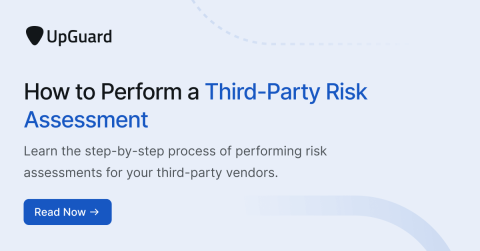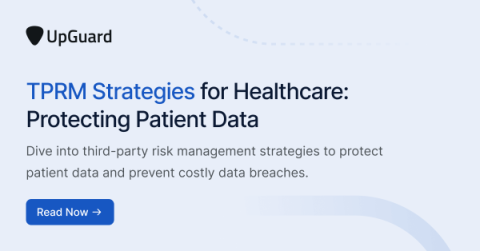10 Common Types of Digital Risks
Organizations across all industries are becoming more reliant on digital technology to get the job done. In this era of digital transformation, technologies such as the Internet of Things (IoT), social media, Machine Learning (ML), big data analytics, Artificial Intelligence (AI), and Augmented Reality (AR) exist to help organizations realize their strategic business objectives.




























































